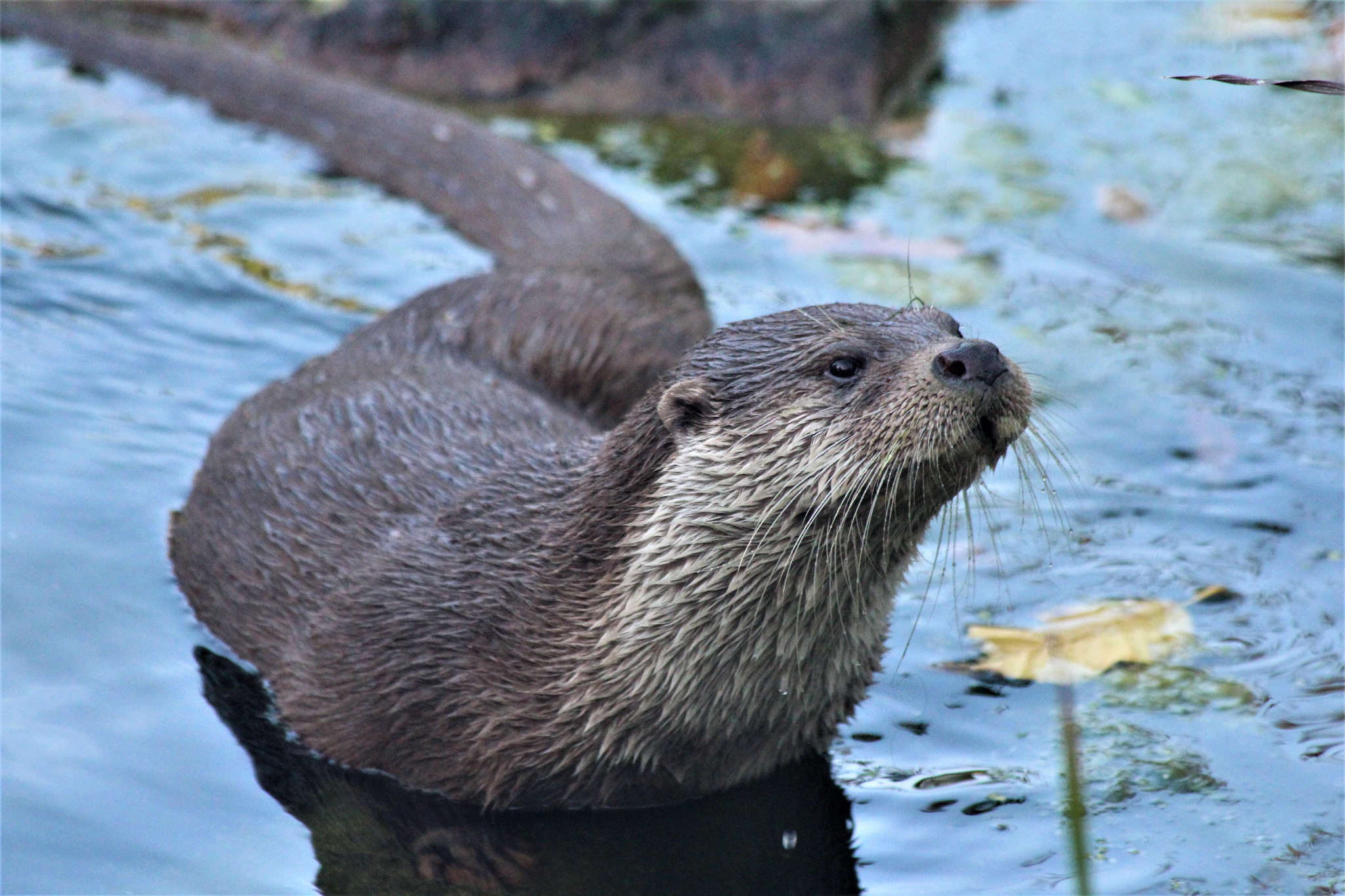Table of Contents
Context: The Eurasian Otter, long thought to be extinct in the Kashmir Valley, has been sighted again after nearly 30 years, marking a significant moment for local biodiversity.
About the Eurasian Otter
- Eurasian Otter is also called the European Otter, Common Otter, or Old-World Otter.
- A semiaquatic carnivorous mammal native to Eurasia.
- Known locally in Kashmir as “Vuder”, once a common part of the valley’s aquatic ecosystem.

Distribution
- Among the widest-ranging mammals in the Palearctic
- Found across Europe, Middle East, Northern Africa, Russia, China, and other parts of Asia.
- In India, it is found in northern, northeastern, and southern regions, especially in cold hill streams and mountain rivers.
- Inhabits a variety of freshwater and coastal ecosystems:
- Rivers, streams, lakes, marshes, swamp forests, and estuaries.
- Tolerant of both highland and lowland water bodies, regardless of size or origin.
Key Features and Adaptations of Eurasian Otter
- Elusive and solitary by nature.
- Brown fur with a paler underside; long, flexible body, webbed feet, and a thick tail.
- Aquatic adaptations:
- Can close ears and nostrils underwater.
- Dense fur traps air for insulation.
- Highly developed sight, smell, and hearing.
Major Threats
- Water pollution (especially pesticides and industrial effluents).
- Illegal hunting for its valuable fur.
Conservation Status
- IUCN Red List: Near Threatened
- Wildlife Protection Act, 1972 (India): Schedule II
- CITES: Appendix I (International trade is highly restricted)


 List of National Parks in India 2025, Ch...
List of National Parks in India 2025, Ch...
 Bonnet Macaques: Habitat, Features, Beha...
Bonnet Macaques: Habitat, Features, Beha...
 Periyar Tiger Reserve, Map, Flora, Fauna...
Periyar Tiger Reserve, Map, Flora, Fauna...

























